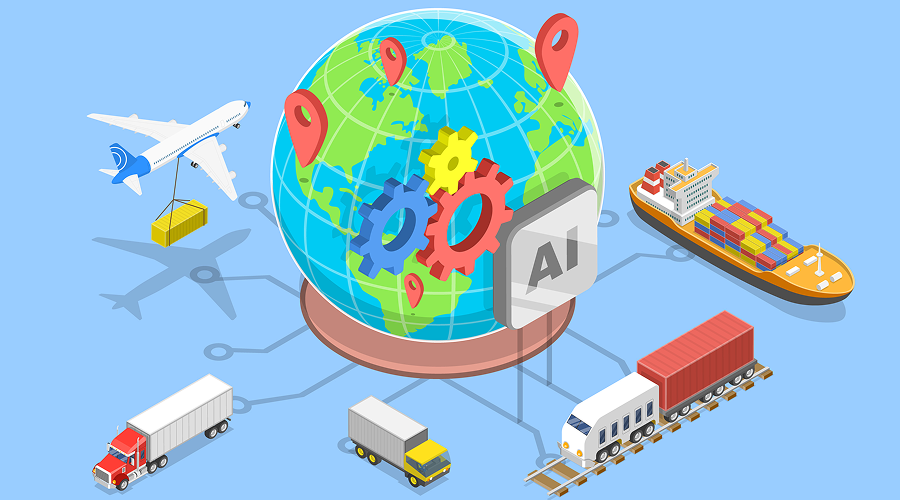Translation Methods in Cross-Border E-Commerce: Various Approaches and Utilization of AnyLogi

Introduction
Cross-border e-commerce requires communication with customers from different cultures and languages. To succeed in this field, it is essential to overcome language barriers and effectively communicate with customers from various countries. However, multilingual support is a significant challenge for many e-commerce businesses. This article explores efficient translation methods for cross-border e-commerce.
Translation Methods
1. Using Online Translation Tools
Online translation tools like Google Translate and DeepL are helpful for quick and easy translations. They are free to use and suitable for initial stage communications.
2. Utilizing Professional Translation Services
When more specialized and accurate translations are needed, professional translation services are effective. These services are provided by translators who are experts in specific industries and contexts, ensuring high-quality translations.
3. Hiring Bilingual Staff
Having bilingual staff within the company enables direct communication and helps overcome language barriers.
Recommended: Utilizing AnyLogi
Feature Highlights
AnyLogi, in collaboration with ChatGPT and API, offers a new feature that automatically translates shipping address information for international deliveries into English. This significantly reduces the time spent on translations.
Implementation Benefits
- Reduced Labor: Eliminates the need for manual translation work, saving time.
- Lower Risk of Input Errors: Reduces mistakes caused by manual translations.
Conclusion
For cross-border e-commerce businesses to succeed in the global market, overcoming language barriers is crucial. Utilizing AnyLogi's "Automatic Shipping Information Translation" feature can smooth communication with international customers and expand business operations.








